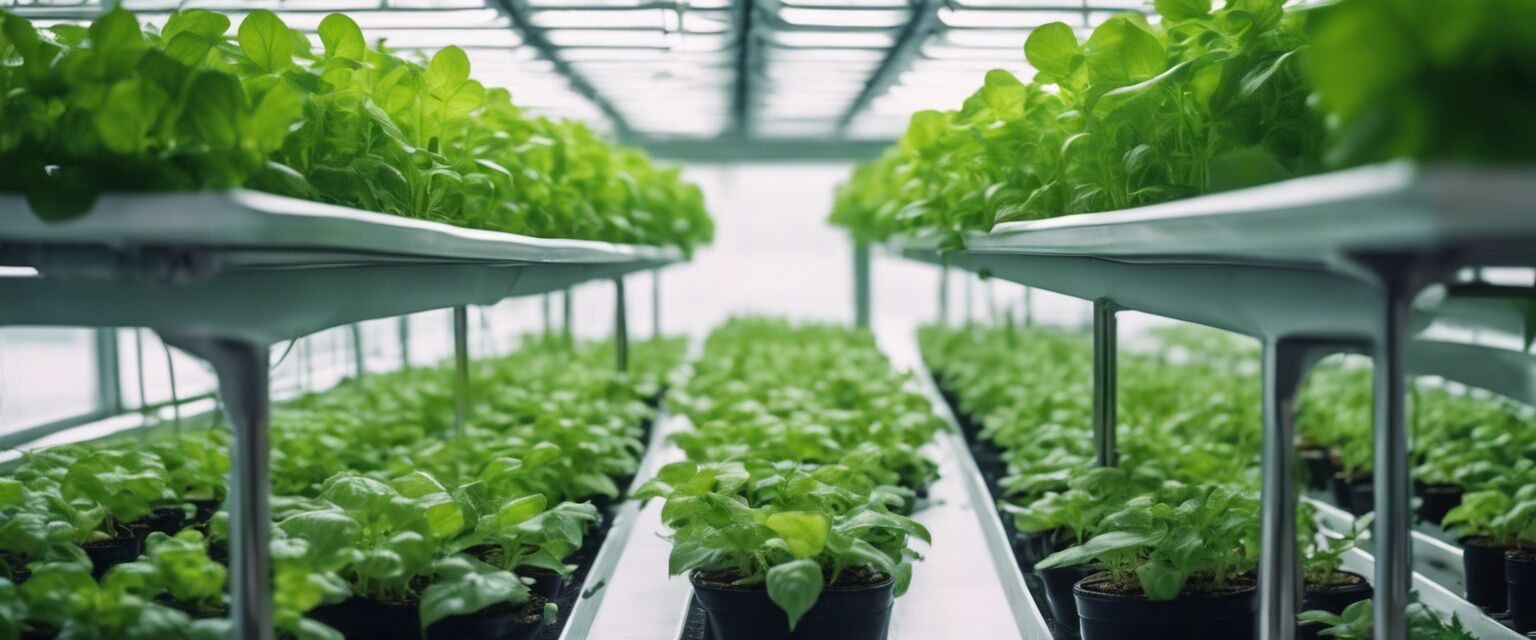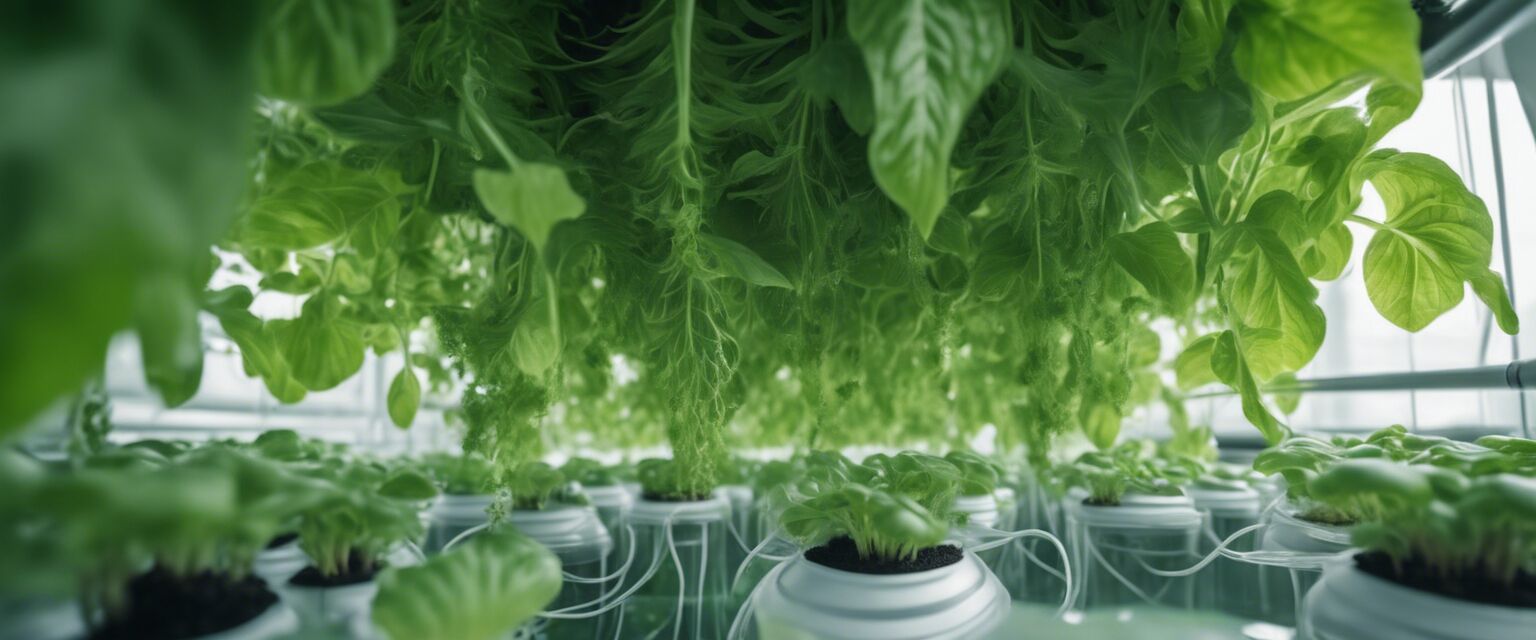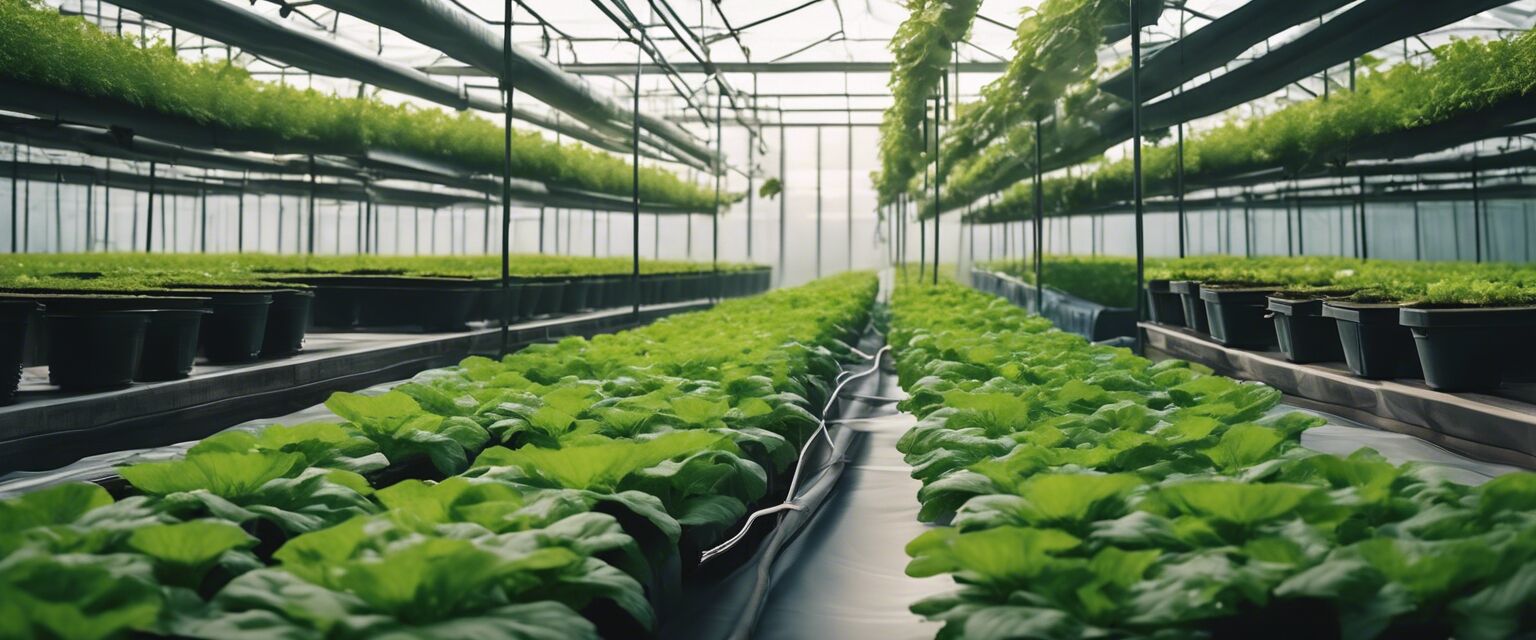
Growing media in hydroponics
Key Takeaways
- Growing media provides essential support and nutrients for plants in hydroponic systems.
- Common types of growing media include rock wool, coconut coir, perlite, and clay pellets.
- Each growing media type has unique properties that affect water retention, aeration, and nutrient availability.
- Choosing the right growing media is crucial for maximizing plant growth and yield.
In hydroponics, the choice of growing media plays a significant role in the overall growth and health of plants. Unlike traditional soil gardening, hydroponics uses various inert materials to provide support, moisture, and air to the roots. This article will explore the different types of growing media available and their characteristics.
What is growing media?
Growing media refers to the materials used to support plant roots in hydroponic systems. Unlike soil, these media do not provide nutrients but instead act as a substrate to hold moisture and facilitate aeration. Understanding the properties of each type of growing media helps in selecting the best option for your hydroponic setup.
Types of growing media
There are several types of growing media used in hydroponics, each with its unique advantages and disadvantages. Below is a comparison table of the most common types:
| Type of Growing Media | Water Retention | Aeration | Nutrient Availability | pH Level | Cost |
|---|---|---|---|---|---|
| Rock Wool | High | Good | Moderate | 7-8 | Moderate |
| Coconut Coir | Moderate | Good | High | 5.5-6.5 | Low |
| Perlite | Low | Excellent | Low | 6-7 | Low |
| Clay Pellets | Moderate | Good | Moderate | 6-7 | Moderate |
1. Rock Wool
Rock wool is a popular growing medium made from spun volcanic rock. It is known for its excellent water retention and aeration properties, making it ideal for seed starting and hydroponic systems. However, it has a high pH level, which may require pH adjustments.
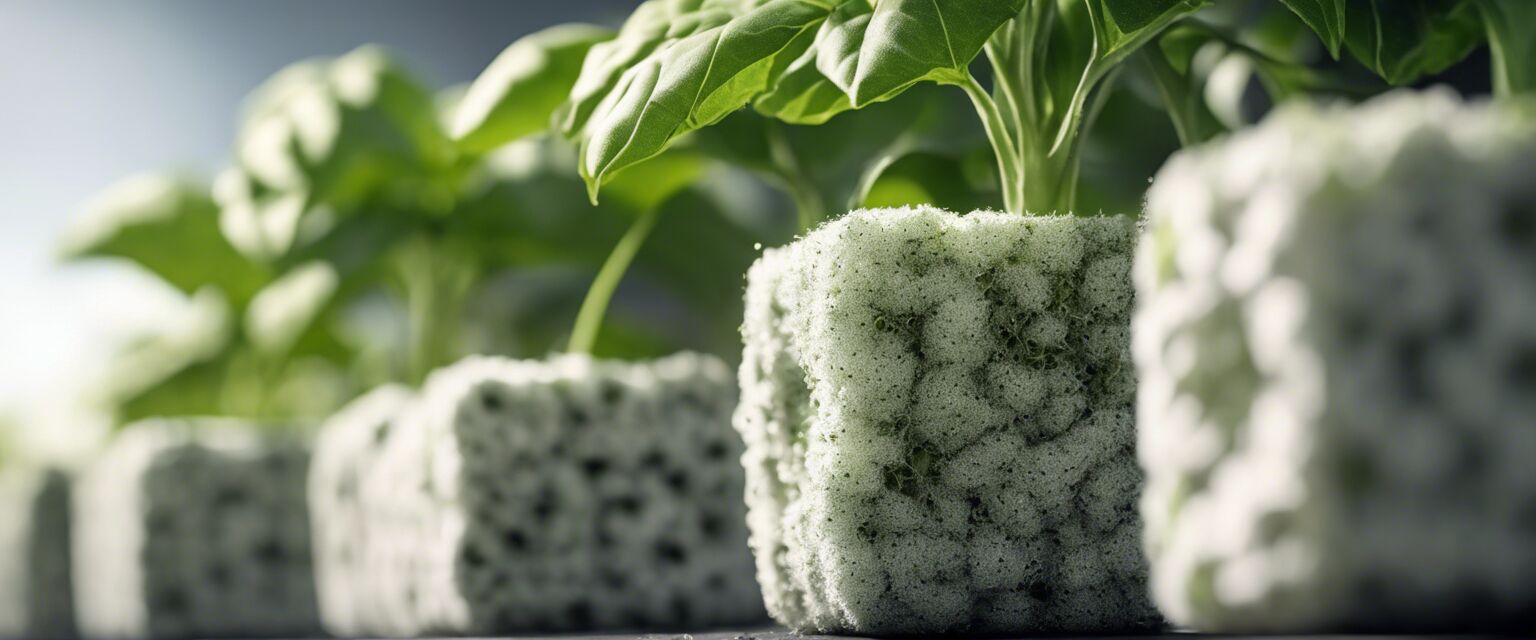
2. Coconut Coir
Coconut coir is made from the husk of coconuts and is considered a sustainable option. It retains moisture well while providing good aeration. Additionally, its slightly acidic pH makes it suitable for various plants. Coconut coir can also be mixed with other media for improved performance.
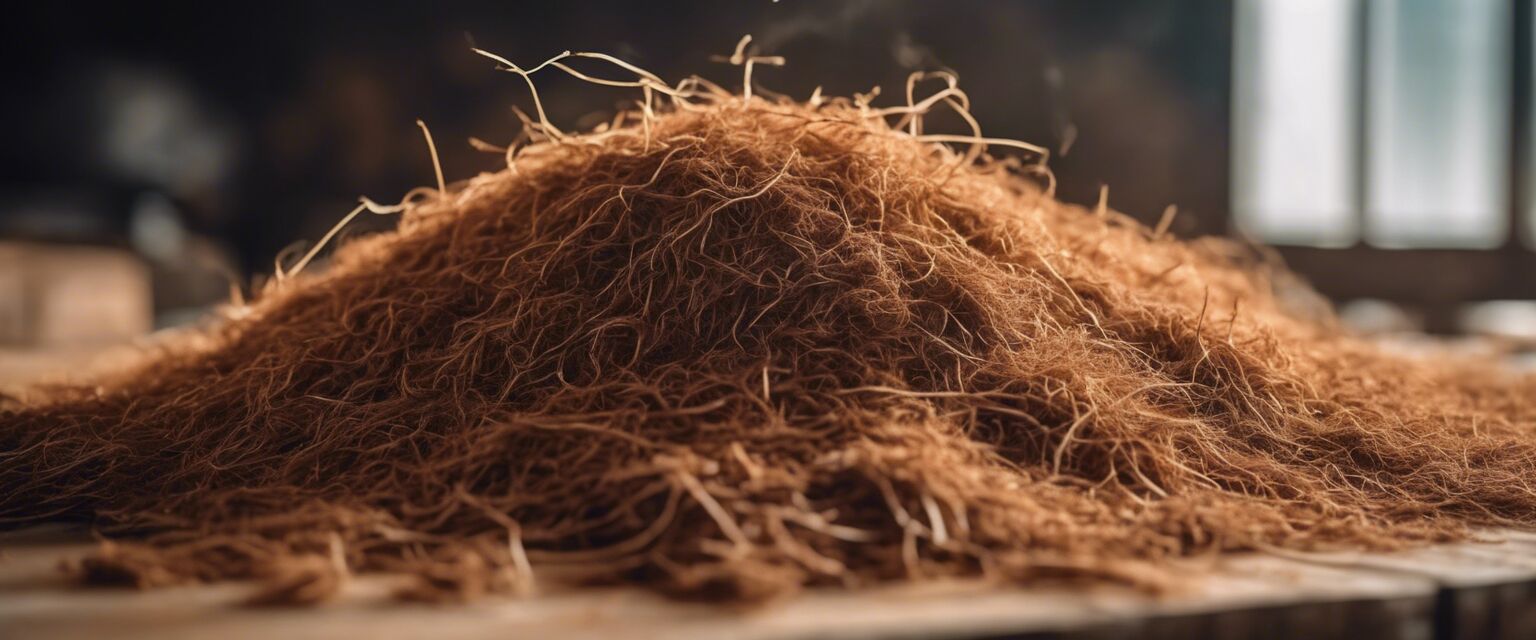
3. Perlite
Perlite is a lightweight volcanic glass that provides excellent aeration but has low water retention. It is often mixed with other media to improve drainage. Perlite is particularly useful for crops that require drier conditions and is cost-effective.
4. Clay Pellets
Clay pellets are made from expanded clay and are known for their durability and reusability. They provide good aeration and drainage, making them suitable for various hydroponic setups. Clay pellets can also be used as a top layer to prevent algae growth.
Choosing the right growing media
When selecting growing media for your hydroponic garden, consider the following factors:
- Plant type: Different plants have varying needs for moisture and aeration.
- System type: The type of hydroponic system (e.g., NFT, Ebb and Flow) can influence media choice.
- Cost: Consider the cost of the media in relation to your budget.
- Availability: Ensure the media is readily available in your area.
Beginner tips for selecting growing media
- Start with a media mix that balances water retention and aeration.
- Test the pH of your chosen media and adjust as necessary.
- Consider using pre-buffered media to reduce the need for pH adjustments.
- Monitor plant growth and adjust the media as needed based on performance.
Conclusion
Choosing the right growing media is crucial for a successful hydroponic garden. By understanding the various options available and their properties, you can create an optimal environment for your plants. For more information on hydroponic systems, consider checking our other resources on hydroponic systems, nutrients and solutions, and grow lights.
Pros
- Improved plant growth and yield.
- Versatile options for different plant types.
- Environmentally friendly choices available.
- Easy to manage and monitor.
Cons
- Initial cost can be higher than soil gardening.
- Some media may require frequent pH adjustments.
- Not all media are biodegradable.
